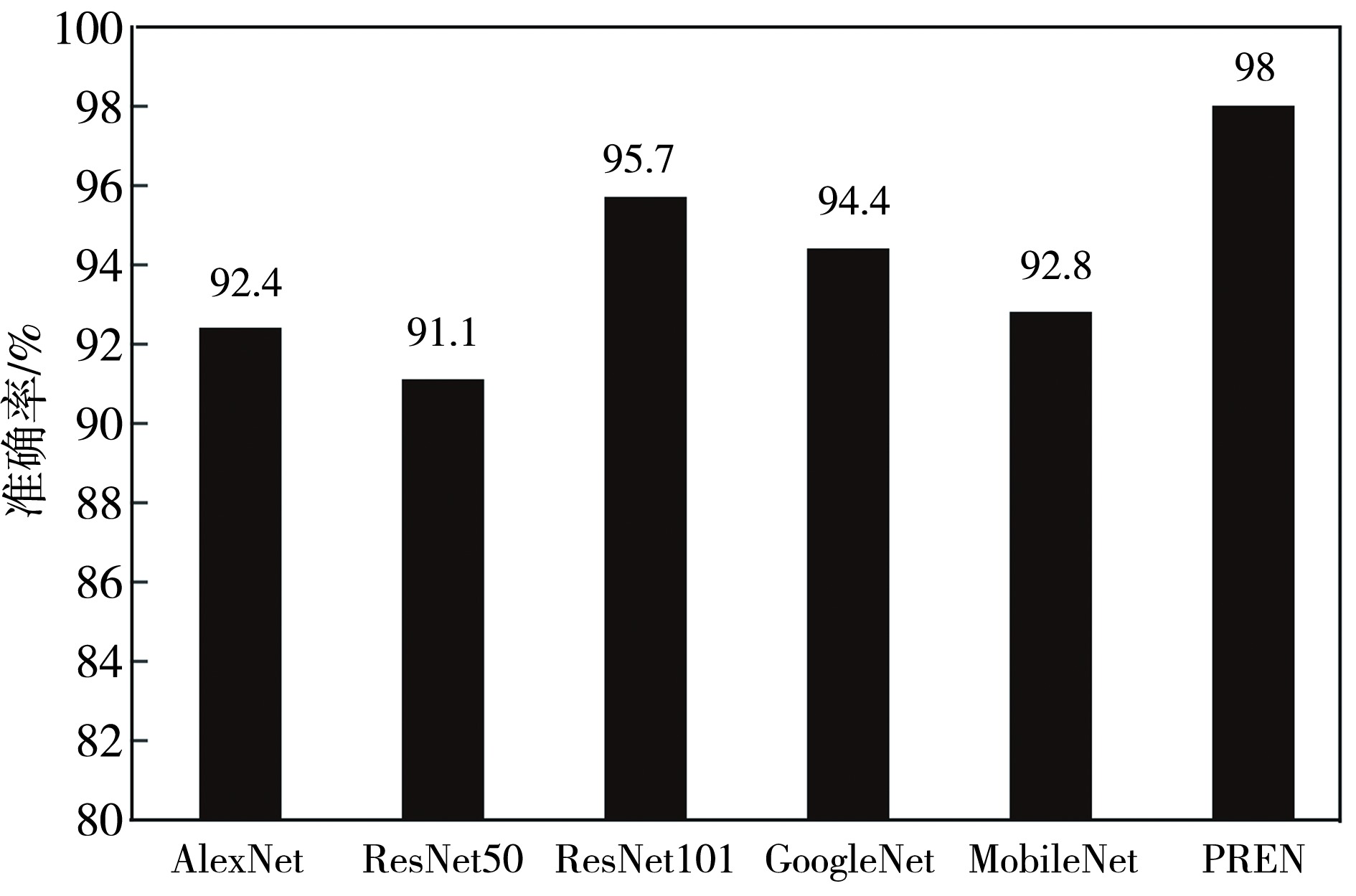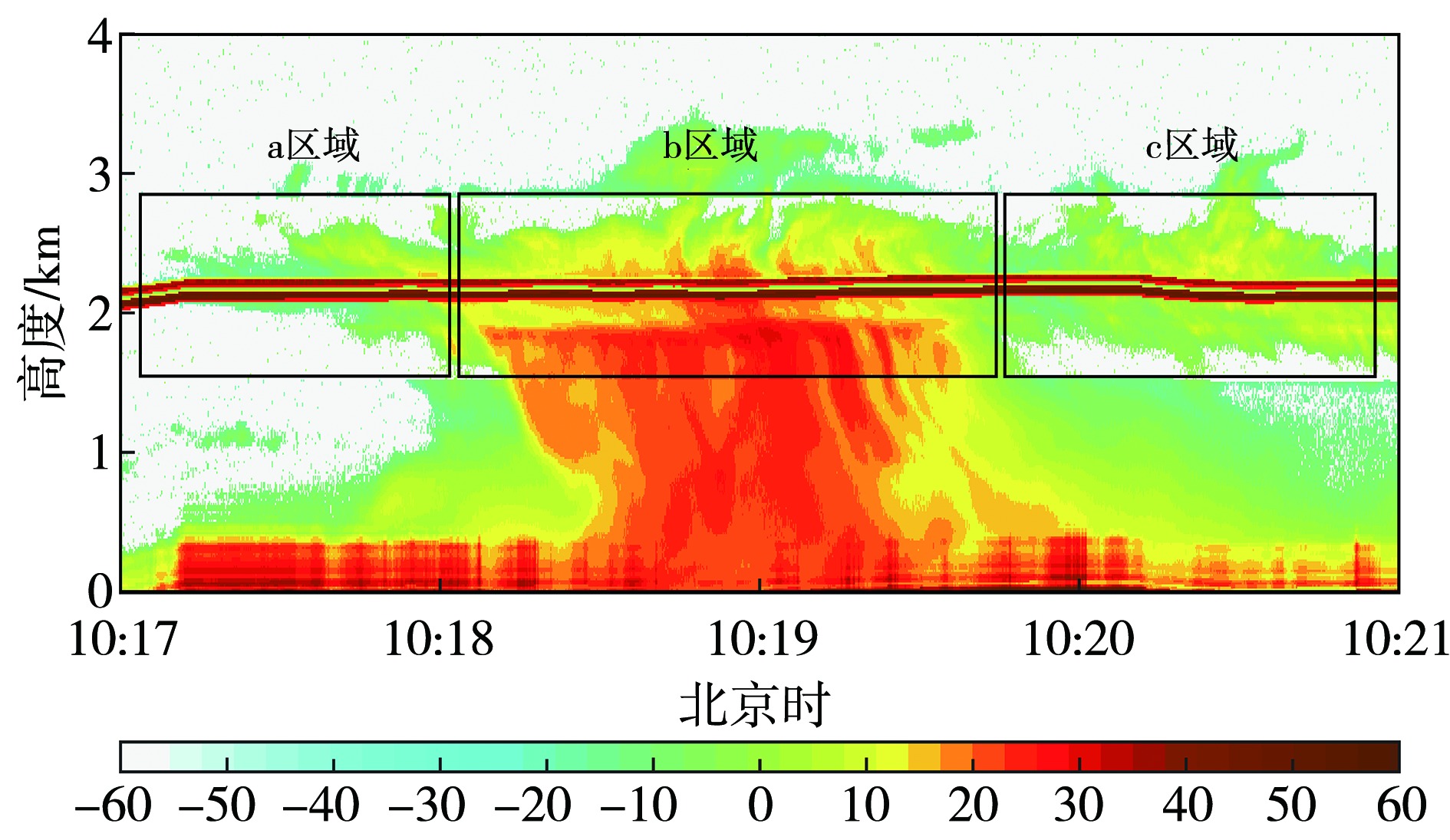| [1] |
陈梓桐, 李昀英, 2022. 基于云雷达和降水雷达资料的一次典型暖云降水成因及粒子类型演变[J]. 大气科学学报, 45(1): 87-98.
|
| [2] |
黄兴友, 陆琳, 洪滔, 等, 2020. 利用毫米波云雷达数据反演层云微物理参数和云内湍流耗散率[J]. 大气科学学报, 43(5): 908-916.
|
| [3] |
李宝东, 孙玉稳, 孙霞, 等, 2014. 河北春季一次飞机人工增雪的综合分析[J]. 干旱气象, 32(5): 819-829.
DOI
|
| [4] |
庞朝云, 张丰伟, 张建辉, 2013. 西北干旱地区一次降水性层状云的飞机观测分析[J]. 干旱气象, 31(2): 272-277.
|
| [5] |
唐林, 李琼, 黎祖贤, 等, 2020. 一次积层混合云云系微物理结构数值模拟与增雨条件分析[J]. 干旱气象, 38(1): 100-108.
|
| [6] |
王昂生, FUKUTA N, 1984. 冰晶增长规律的定量研究[J]. 大气科学, 8(3): 242-251.
|
| [7] |
王磊, 李成才, 赵增亮, 等, 2014. 二维粒子形状分类技术在云微物理特征分析中的应用[J]. 大气科学, 38(2): 201-212.
|
| [8] |
袁凯, 庞晶, 李武阶, 等, 2023. 深度学习模型在2021年汛期武汉市雷达回波临近预报中的应用评估[J]. 干旱气象, 41(1): 173-185.
DOI
|
| [9] |
张佃国, 王烁, 郭学良, 等, 2020. 基于机载Ka波段云雷达和粒子测量系统同步观测的积层混合云对流泡特征[J]. 大气科学, 44(5): 1 023-1 038.
|
| [10] |
张荣, 李宏宇, 周旭, 等, 2021. DMT机载云粒子图像形状识别及其应用[J]. 应用气象学报, 32(6): 735-747.
|
| [11] |
周志华, 2016. 机器学习[M]. 北京: 清华大学出版社.
|
| [12] |
朱士超, 郭学良, 2014. 华北积层混合云中冰晶形状、分布与增长过程的飞机探测研究[J]. 气象学报, 72(2): 366-389.
|
| [13] |
朱文刚, 李昌义, 曲美慧, 等, 2020. 深度神经网络方法在山东降水相态判别中的应用[J]. 干旱气象, 38(4): 655-664.
|
| [14] |
EVANS A G, LOCATELLI J D, STOELINGA M T, et al, 2005. The IMPROVE-1 storm of 1-2 February 2001. part II: cloud structures and the growth of precipitation[J]. Journal of the Atmospheric Sciences, 62(10): 3 456-3 473.
|
| [15] |
HE K M, ZHANG X Y, REN S Q, et al, 2016. Deep residual learning for image recognition[C]// 2016 IEEE Conference on Computer Vision and Pattern Recognition (CVPR). June 27-30, 2016, Las Vegas, NV, USA. IEEE, 770-778.
|
| [16] |
HERZEGH P H, HOBBS P V, 1980. The mesoscale and microscale structure and organization of clouds and precipitation in midlatitude cyclones. II: warm-frontal clouds[J]. Journal of the Atmospheric Sciences, 37(3): 597-611.
|
| [17] |
HEYMSFIELD A J, PARRISH J L, 1979. Techniques employed in the processing of particle size spectra and state parameter data obtained with the T-28 aircraft platform[M]. Convective Storms Division, National Center for Atmospheric Research, 34-37.
|
| [18] |
HEYMSFIELD A, WILLIS P, 2014. Cloud conditions favoring secondary ice particle production in tropical maritime convection[J]. Journal of the Atmospheric Sciences, 71(12): 4 500-4 526.
|
| [19] |
HINTON G E, SALAKHUTDINOV R R, 2006. Reducing the dimensionality of data with neural networks[J]. Science, 313(5 786): 504-507.
|
| [20] |
HOBBS P V, LOCATELLI J D, 1978. Rainbands, precipitation cores and generating cells in a cyclonic storm[J]. Journal of the Atmospheric Sciences, 35(2): 230-241.
|
| [21] |
HOLROYD E W III, 1987. Some techniques and uses of 2D-C habit classification software for snow particles[J]. Journal of Atmospheric and Oceanic Technology, 4(3): 498-511.
|
| [22] |
IKEDA K, RASMUSSEN R M, HALL W D, et al, 2007. Observations of freezing drizzle in extratropical cyclonic storms during IMPROVE-2[J]. Journal of the Atmospheric Sciences, 64(9): 3 016-3 043.
|
| [23] |
ILLINGWORTH A J, HOGAN R J, O'CONNOR E J, et al, 2007. Cloudnet: continuous evaluation of cloud profiles in seven operational models using ground-based observations[J]. Bulletin of the American Meteorological Society, 88(6): 883-898.
|
| [24] |
KRIZHEVSKY A, SUTSKEVER I, HINTON G E, 2012. ImageNet classification with deep convolutional neural networks[C]// Proceedings of the 25th International Conference on Neural Information Processing Systems-Volume 1. December 3-6,2012, Lake Tahoe, Nevada. New York: ACM, 1 097-1 105.
|
| [25] |
PLANK V G, ATLAS D, PAULSEN W H, 1955. The nature and detectability of clouds and precipitation as determined by 1.25-centimeter radar[J]. Journal of Meteorology, 12(4): 358-378.
|
| [26] |
RAHMAN M M, QUINCY E A, JACQUOT R G, et al, 1981. Feature extraction and selection for pattern recognition of two-dimensional hydrometeor images[J]. Journal of Applied Meteorology, 20(5): 521-535.
|
| [27] |
ROSENOW A A, PLUMMER D M, RAUBER R M, et al, 2014. Vertical velocity and physical structure of generating cells and convection in the comma head region of continental winter cyclones[J]. Journal of the Atmospheric Sciences, 71(5): 1 538-1 558.
|
| [28] |
SIMONYAN K, ZISSERMAN A, 2014. Very deep convolutional networks for large-scale image recognition[J]. CoRR, abs/1 409.1 556.
|
| [29] |
TAN M X, LE Q V, 2019. EfficientNet: rethinking model scaling for convolutional neural networks[EB/OL]. arXiv: 1905.11946. https://arxiv.org/abs/1905.11946.pdf.
|
| [30] |
YANG J, WANG Z E, HEYMSFIELD A J, et al, 2016. Characteristics of vertical air motion in isolated convective clouds[J]. Atmospheric Chemistry and Physics, 16(15): 10 159-10 173.
|
 ), 王烁1,3(
), 王烁1,3( ), 王文青1,3, 张佃国1,3, 胡向峰4, 张荣5, 魏海文6, 孟金1,2, 冯勇1,3
), 王文青1,3, 张佃国1,3, 胡向峰4, 张荣5, 魏海文6, 孟金1,2, 冯勇1,3
 ), WANG Shuo1,3(
), WANG Shuo1,3( ), WANG Wenqing1,3, ZHANG Dianguo1,3, HU Xiangfeng4, ZHANG Rong5, WEI Haiwen6, MENG Jin1,2, FENG Yong1,3
), WANG Wenqing1,3, ZHANG Dianguo1,3, HU Xiangfeng4, ZHANG Rong5, WEI Haiwen6, MENG Jin1,2, FENG Yong1,3









